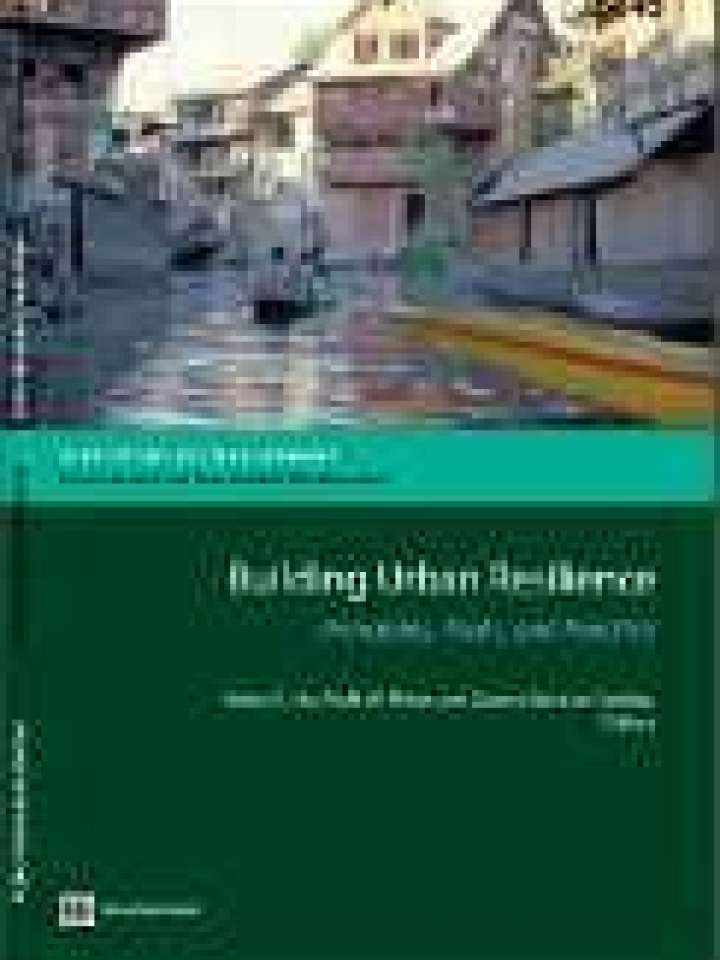Building urban resilience: principles, tools, and practice
This handbook is a resource for enhancing disaster resilience in urban areas. It summarizes the guiding principles, tools, and practices in key economic sectors that can facilitate incorporation of resilience concepts into the decisions about infrastructure investments and general urban management that are integral to reducing disaster and climate risks.
The three major sections of this report are designed to give urban planners and practitioners an intuitive way to build elements of resilience into their urban governance and city planning: (i) Principles of urban resilience presents guiding principles for resilient cities in terms of today’s urban development, risk, disaster risk management, social resilience, land use planning, urban ecosystems, and incorporating resilience into the project cycle; (ii) Tools for building urban resilience focuses on how to use the most common and effective tools and methodologies available, among them risk assessment, community and stakeholder participation, data gathering, and risk financing and transfer approaches; and (iii) The practice of urban resilience provides guidance on identifying, planning, and implementing urban investment projects in three major sectors: water and resilience to flooding, energy and communications, and transportation.
The handbook contains case studies and tables that provide further details and examples of good practice. Each chapter ends with a comprehensive reference list, and the most important resources are emphasized throughout. The appendixes provide general disaster definitions and classifications, a checklist for infrastructure owners and operators, a comparison of spatial plans for urban infrastructure, and guidelines for collecting data.
Explore further
